If you purchase through our links, we might earn a small commission. Hey, even fish gotta eat!
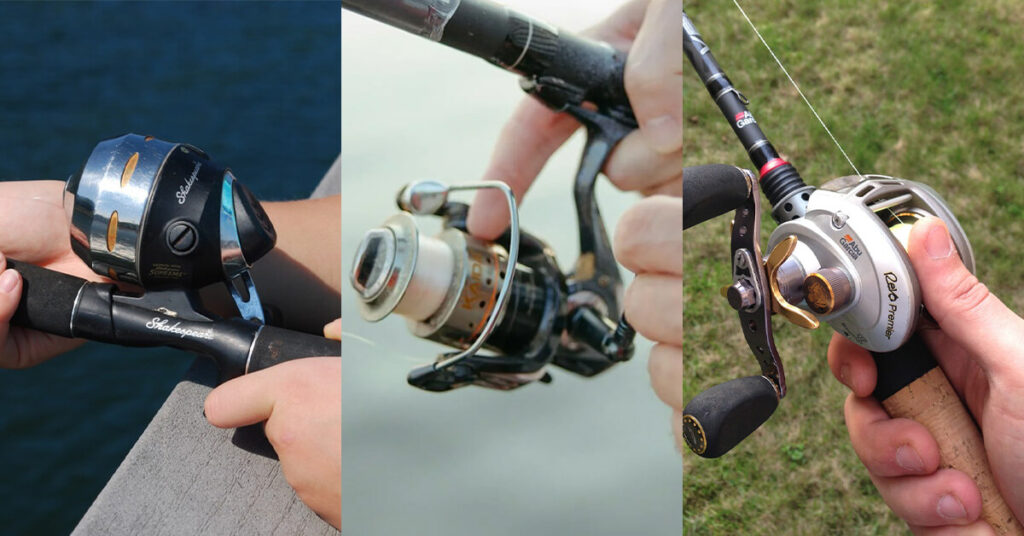
Alright, fellow anglers, gather ’round! Today, we’re diving into the heart of your fishing setup: the reel. And trust me, it’s not as simple as picking the shiniest one on the shelf.
I’ve been there, done that, and got the tangled line to prove it. Remember that time I went on a bucket-list fishing trip to Alaska, only to spend the first hour untangling a baitcaster backlash the size of a bear’s paw? Yeah, not my proudest moment.
But those mishaps have taught me valuable lessons, and I’m here to share the wealth. This guide will walk you through everything you need to know to choose the perfect fishing reel, no matter your experience level or budget. We’ll cover the different types of reels, the key factors to consider, and even some pro tips I’ve picked up along the way. So, let’s dive in and make sure your next fishing trip is all about the catch, not the chaos.
First things first, let’s get familiar with the different types of fishing reels out there. Each has its own strengths and weaknesses, and understanding them is key to finding the right one for you.
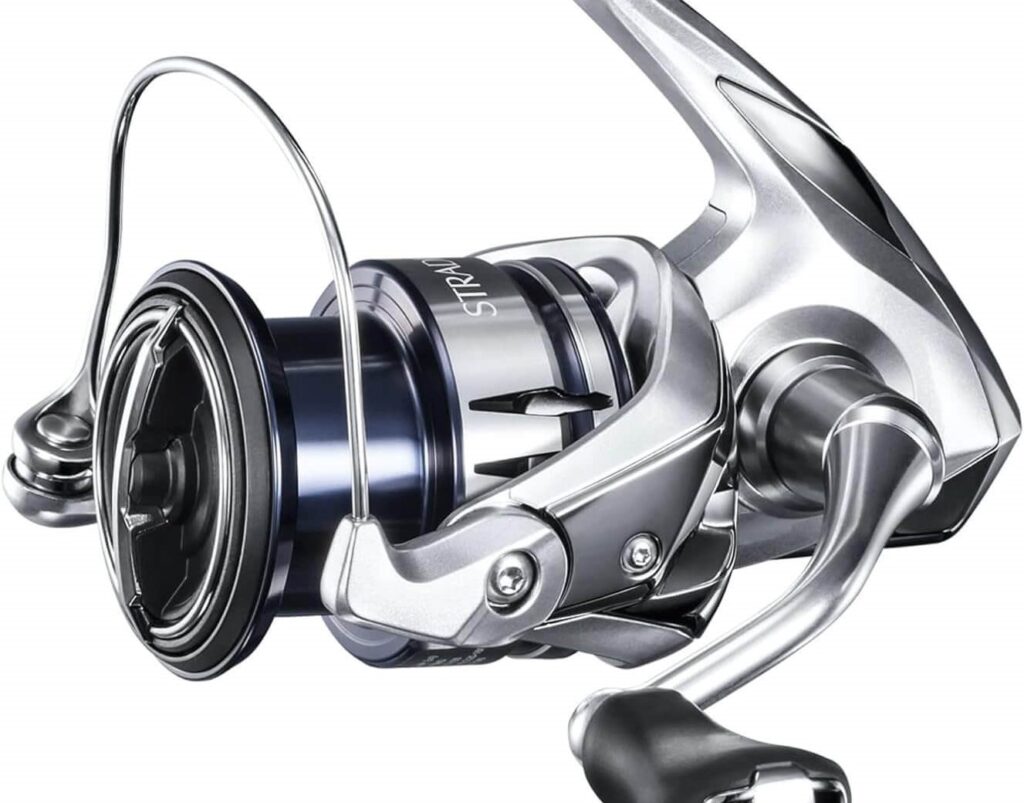
Imagine a reel with an open face and a metal bail that flips over to hold your line. When you cast, you open the bail, and when you reel in, you close it. The drag system, usually located on top of the spool, allows you to adjust the resistance, giving you more control when fighting a fish.
Spinning reels are a great choice for:
Various Techniques: They can be used for casting and retrieving, trolling, and even some bottom fishing techniques.

Baitcasting reels are a bit more complex than spinning reels, but they offer greater casting distance, accuracy, and power. They’re often preferred by experienced anglers who are targeting larger fish or using heavier lines and lures.
How Baitcasting Reels work?
Baitcasters have a closed face with a spool that rotates during the cast. They also have a levelwind system that evenly distributes line across the spool, preventing tangles and backlashes.
Why You’ll Love Them
When to Use Them
Baitcasting reels are a good choice for:
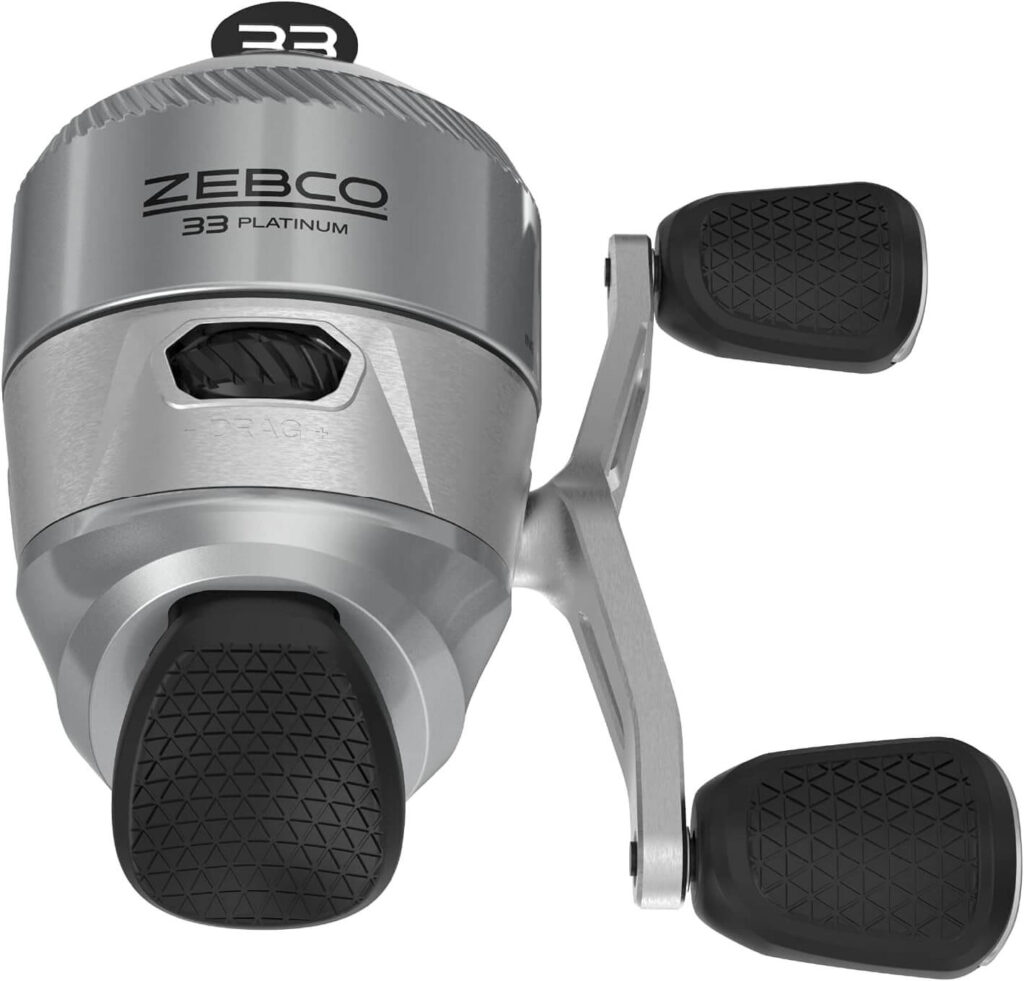
Spincast reels are the simplest type of reel, making them a great choice for kids and beginners.
How They Work
Spincast reels have a closed face with a push-button that you press to release the line when casting. The line is enclosed in a nose cone, which helps prevent tangles.
Why You’ll Love Them
When to Use Them
Spincast reels are a good choice for:
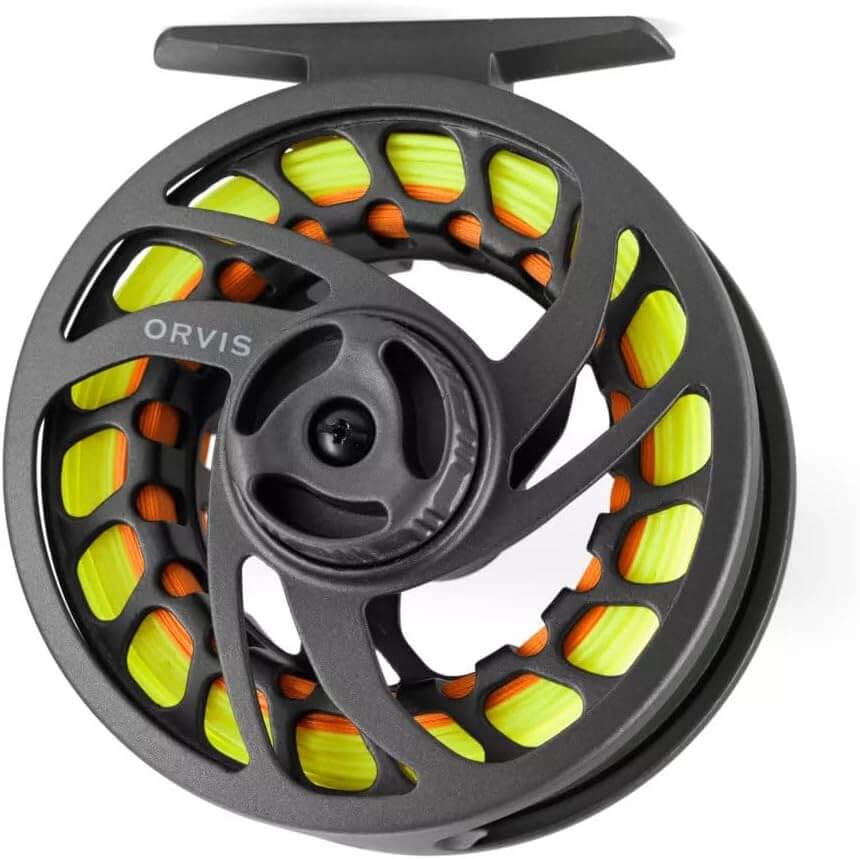
Fly reels are designed specifically for fly fishing, a technique that involves casting a weighted line with a nearly weightless fly.
How They Work
Fly reels have a large arbor (spool) that helps retrieve line quickly. They also have a simple drag system that helps you fight fish.
Why You’ll Love Them
When to Use Them
Fly reels are essential for fly fishing. They’re used to target trout, salmon, and other species that feed on insects near the surface.
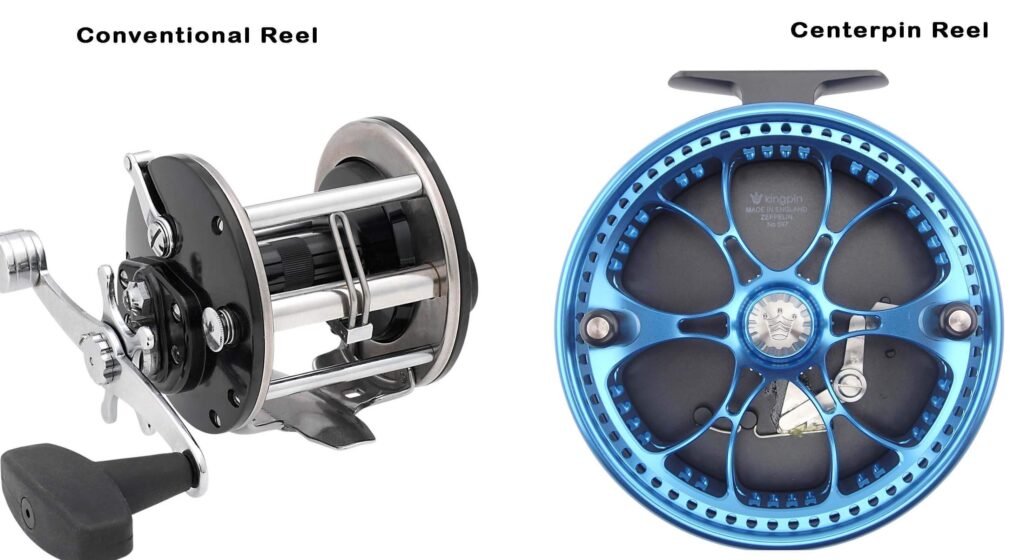
While spinning, baitcasting, spincast, and fly reels cover the vast majority of fishing scenarios, a few other types might pique your interest if you’re a gearhead or have specialized needs.
Alright, now that you know the lay of the land, let’s talk about how to actually choose a reel. There are a few key factors to consider, and it’s important to understand how they impact your fishing experience.
Are you a casual angler who enjoys casting for bass on weekends? Or a dedicated fly fisherman chasing trout in mountain streams? Maybe you’re a hardcore deep-sea angler dreaming of battling a giant marlin. Your fishing style will dictate the type of reel you need.

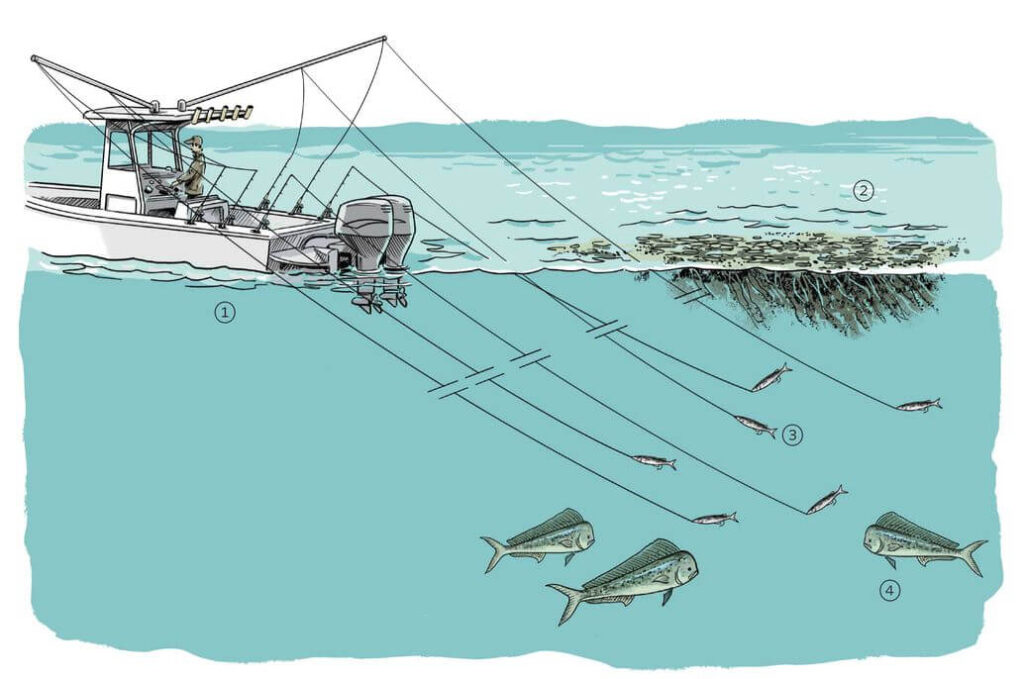

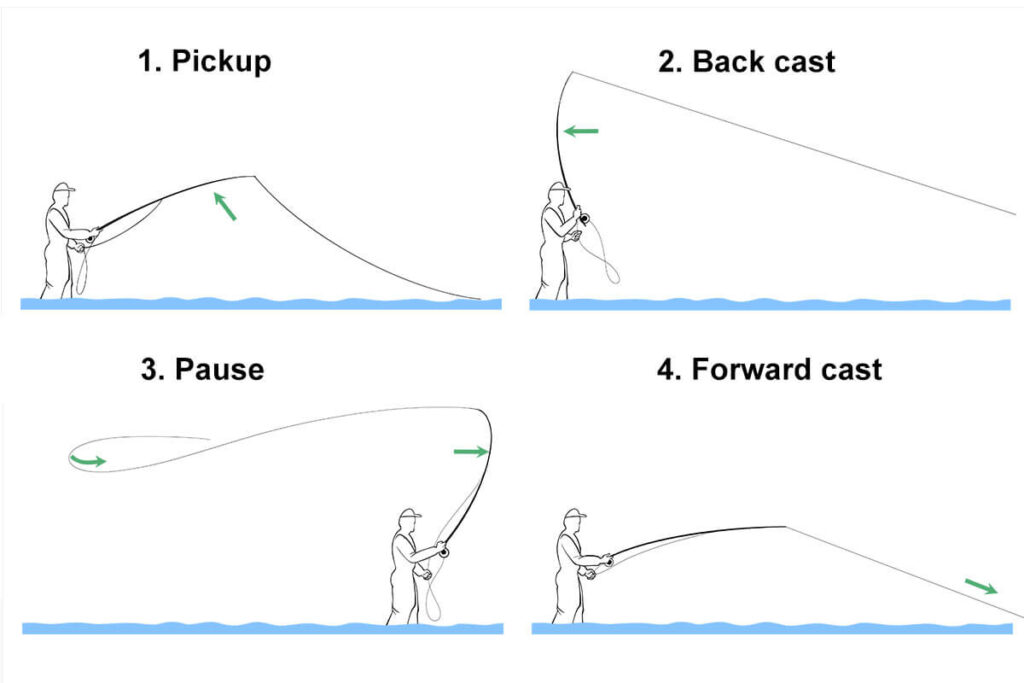
Remember, choosing the right reel for your fishing style is crucial for maximizing your enjoyment and success on the water. Don’t be afraid to ask for advice from a knowledgeable salesperson or fellow angler.
The size and strength of the fish you’re targeting will dictate the size and power of the reel you need. A small trout reel won’t cut it if you’re chasing after a 50-pound king salmon, and a massive offshore reel will be overkill for panfish.
Consider the average size of the fish you’ll be targeting. If you’re unsure, ask for advice at a local bait shop or consult online resources.
Here’s a general guideline:
The line capacity of a reel refers to how much fishing line it can hold. It’s important to choose a reel with enough capacity for the type of fishing you’ll be doing.
If you’re targeting larger fish or fishing in deeper water, you’ll need a reel with a larger line capacity. This will ensure you have enough line to let the fish run and tire itself out.
For example, if you’re fishing for salmon in a river, you’ll need a reel that can hold at least 200 yards of line. But if you’re fishing for trout in a small stream, a reel with 100 yards of line capacity might be sufficient.
The gear ratio of a reel refers to how many times the spool turns with each crank of the handle. A high gear ratio means the spool turns more times, allowing you to retrieve your line quickly. A low gear ratio means the spool turns fewer times, giving you more power for reeling in heavy fish or lures.
Consider the types of fish you’ll be targeting and the techniques you’ll be using when choosing a gear ratio.
The drag system is one of the most important features of a fishing reel. It allows you to adjust the resistance of the line, preventing it from breaking when a fish pulls hard.
A smooth and reliable drag system is essential for landing large fish. When a fish takes your bait, the drag system will release line, allowing the fish to run without breaking your line. You can adjust the drag to match the strength of the fish and the type of line you’re using.
Pro Tip: Test the drag system before you buy a reel. It should be smooth and consistent throughout the entire range of adjustment.
Ball bearings are small, round bearings that reduce friction in a reel’s moving parts. The more ball bearings a reel has, the smoother it will feel when you cast and retrieve. A good quality reel will typically have 5-12 ball bearings. However, the quality of the bearings is more important than the quantity.
Look for reels with stainless steel or ceramic bearings, as these are more durable and corrosion-resistant. If you’re planning on fishing in saltwater, sealed bearings are a must to prevent saltwater intrusion.
The weight and size of your reel should be comfortable for you to use. If it’s too heavy or bulky, you’ll quickly get tired, especially if you’re fishing for long periods of time.
Consider the size and weight of your rod when choosing a reel. You want a reel that balances well with your rod and doesn’t feel too heavy or too light.
(To be continued in the next response)
Let’s be real, fishing gear can get expensive. But you don’t need to break the bank to get a good reel. Set a budget before you start shopping, and stick to it.
Remember, a more expensive reel doesn’t always mean a better reel. Do your research, read reviews, and compare features before making your decision. And don’t forget to check out local tackle shops – they often have great deals on quality gear.
Pro Tip: Don’t be afraid to buy a used reel. You can often find high-quality reels for a fraction of the price of a new one. Just be sure to inspect it carefully before buying to make sure it’s in good working condition.
Now for the fun part: recommendations! I’ve spent countless hours testing and researching reels, and here are my top picks for each category:

The Shimano Stradic FL is a true workhorse that excels in both freshwater and saltwater. It’s smooth, reliable, and built to last. The Hagane Gear provides incredible durability, while the MicroModule II gearing ensures a silky smooth retrieve. This reel is a bit of an investment, but it’s worth every penny.

If you’re on a budget, the Daiwa BG MQ is a fantastic option. It offers incredible value for the price, with a smooth drag, solid construction, and impressive line capacity. It’s perfect for beginners and intermediate anglers who want a reliable reel without breaking the bank.

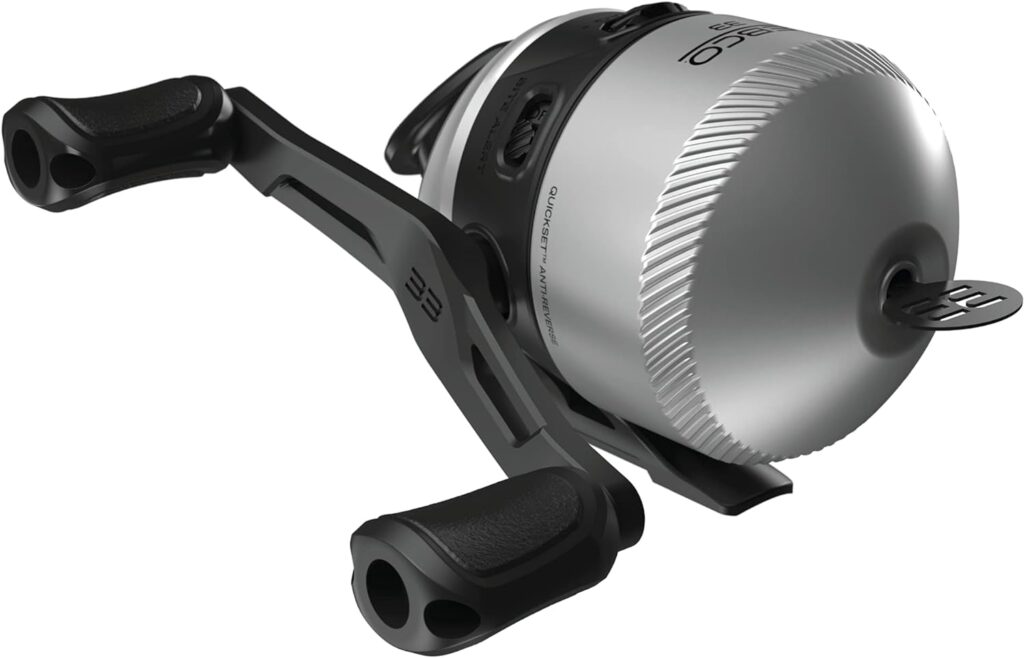
The Zebco 33 is a classic spincast reel that’s been around for decades, and for good reason. It’s simple, durable, and affordable, making it the perfect choice for beginners and kids. I learned to fish on a Zebco 33, and it still holds a special place in my heart.

The Orvis Clearwater is a great all-around fly reel that won’t break the bank. It’s lightweight, easy to use, and has a smooth drag system that’s perfect for trout and other freshwater species. It’s a solid choice for beginners and experienced fly anglers alike.
Your fishing reel is an investment, so it’s important to take care of it. Proper maintenance will ensure it functions smoothly for years to come.
After each fishing trip, rinse your reel with freshwater to remove any salt, sand, or grime. You can use a soft cloth or brush to clean hard-to-reach areas. Avoid using harsh chemicals or solvents, as these can damage the reel’s finish.
Lubricate the moving parts of your reel regularly to prevent wear and tear. Use a light reel oil on the bearings and other metal parts, and a heavier grease on the gears. Be sure to follow the manufacturer’s instructions for lubrication.
When not in use, store your reel in a cool, dry place. Avoid storing it in direct sunlight or extreme temperatures, as this can damage the reel’s components. If you’re not going to use the reel for an extended period, remove the line to prevent it from getting tangled or damaged.
Even with proper care, reels can sometimes experience problems. Here are a few common issues and how to fix them:
If you’re not comfortable fixing these problems yourself, take your reel to a qualified reel repair shop.
Choosing the right fishing reel can be the difference between a frustrating day on the water and a memorable fishing adventure. By understanding the different types of reels, considering the key factors, and investing in a quality product, you’ll be well on your way to reeling in the big one.
Remember, fishing is a journey, not a destination. It’s about learning, experimenting, and enjoying the process. So, get out there, explore, and don’t be afraid to try new things.
And who knows, maybe you’ll even catch a fish or two along the way!